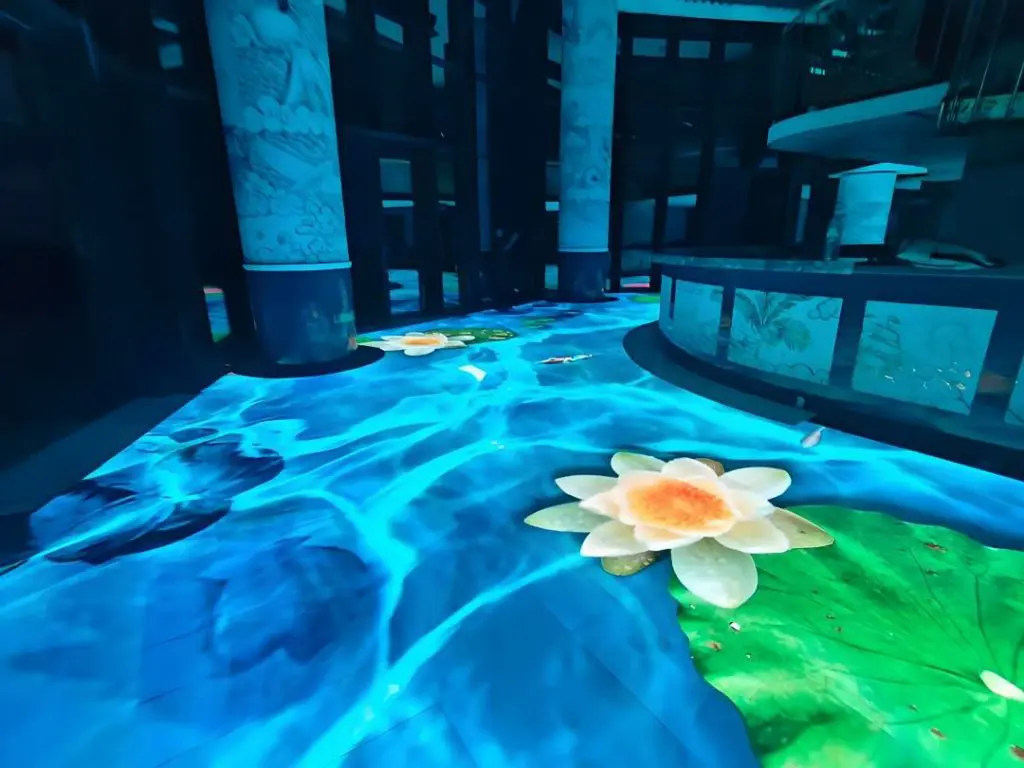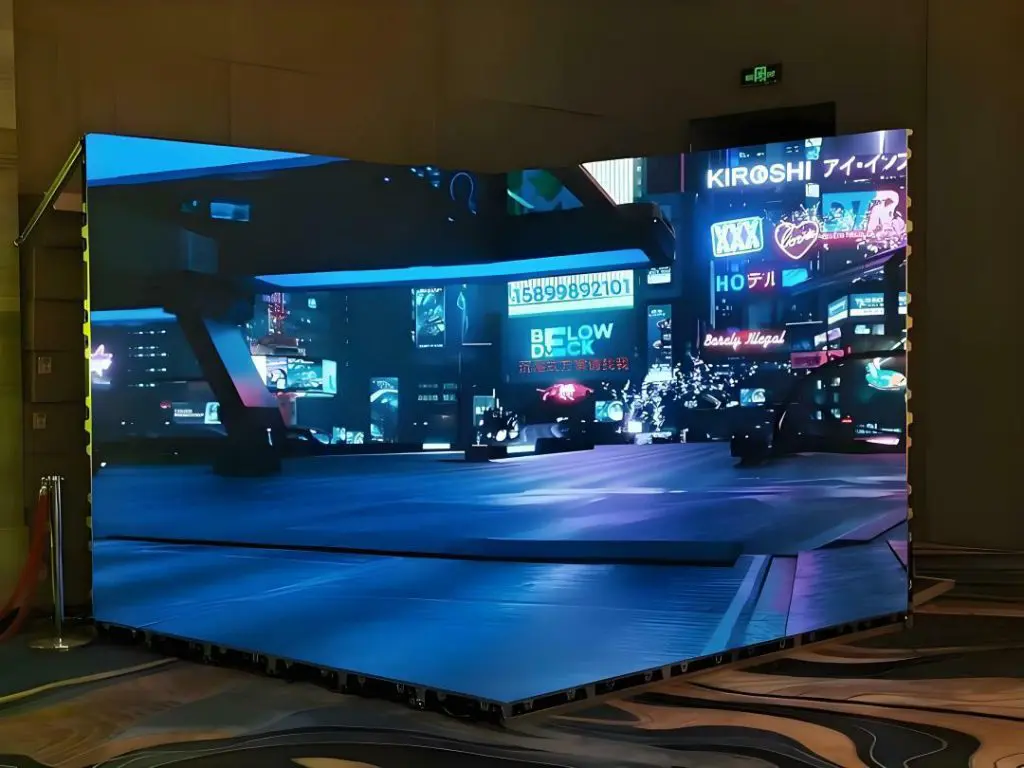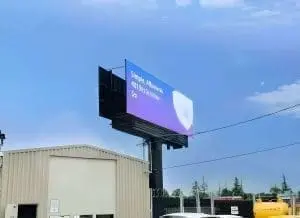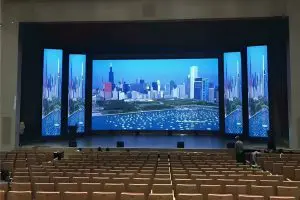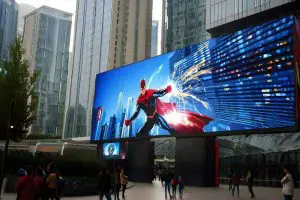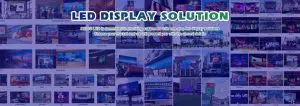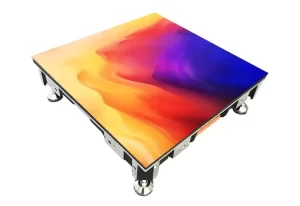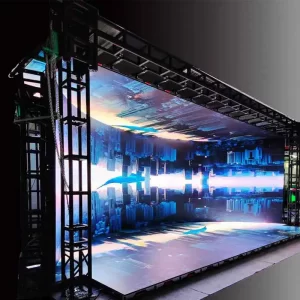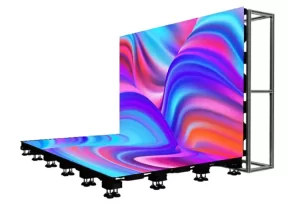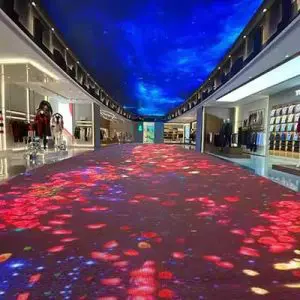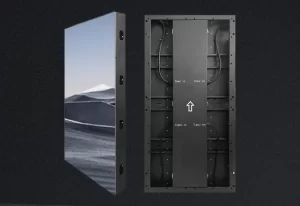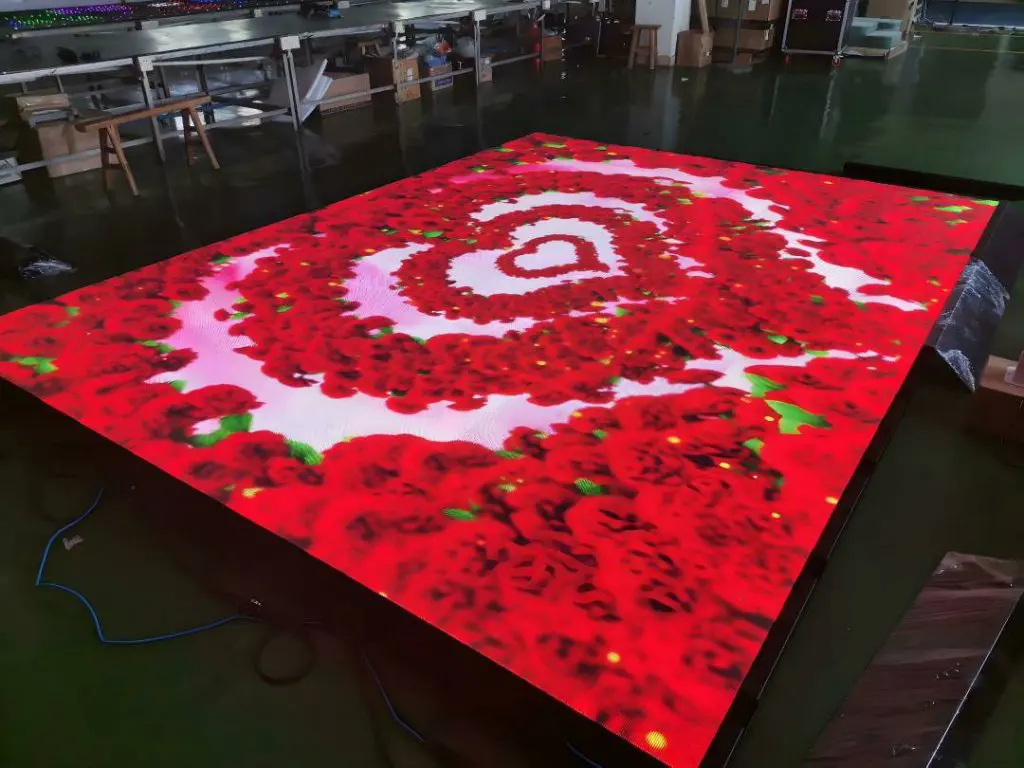
Dance floor LED display screens are a revolutionary addition to the entertainment and event industries. These durable, interactive screens turn ordinary floors into dynamic platforms that captivate audiences and enhance performances. From concerts and weddings to exhibitions and nightclubs, customized LED dance floors offer immersive visual experiences while ensuring safety and reliability.
This guide provides insights into custom dance floor LED displays, highlighting their features, benefits, design process, and professional solutions to ensure high performance and long-term durability.
What Are Dance Floor LED Screens?
Dance floor LED displays are floor-mounted LED panels that combine stunning visuals with interactivity. Designed to handle heavy loads while delivering vibrant visuals, these screens use motion, pressure, or touch sensors to create real-time effects that engage participants.
Key Features of Dance Floor LED Displays
- Load-Bearing Design: Supports weights up to 1,000–2,500 kg/m², making it ideal for heavy foot traffic and equipment.
- Interactive Technology: Motion and pressure sensors create dynamic, real-time visual effects.
- Customizable Sizes and Shapes: Modular design allows for creative layouts, including irregular shapes.
- High Durability: Waterproof, anti-slip, and impact-resistant for long-term use in demanding environments.
- Vivid Display Quality: High brightness and resolution ensure immersive visuals in all lighting conditions.
Applications of Dance Floor LED Displays
Dance floor LED screens are versatile and suitable for various industries, adding excitement and creativity to events and spaces.
1. Entertainment and Nightlife
- Nightclubs and Bars: Create interactive light displays that react to movement, enhancing the atmosphere.
- Concerts and Festivals: Use dynamic stage floors to engage performers and audiences.
2. Events and Weddings
- Wedding Dance Floors: Display personalized visuals such as names, custom patterns, or animations for a magical touch.
- Corporate Events: Highlight branding or event themes with dynamic floor displays.
3. Exhibitions and Trade Shows
- Interactive Displays: Showcase walkable product demonstrations or promotional visuals.
- Art Installations: Use the LED floor as a canvas for creative digital art.
4. Gaming and Esports
- Interactive Game Floors: Create immersive gaming experiences with motion-reactive visuals.
5. Retail and Shopping Malls
- Attract Visitors: Place LED floors in key areas like entryways or atriums to create memorable, engaging experiences.
Benefits of Dance Floor LED Display Screens
1. Interactive and Engaging
- Motion and pressure sensors enable real-time effects, captivating audiences and creating a memorable experience.
2. Durable and Safe
- Impact-resistant materials and anti-slip surfaces ensure safety for performers and guests.
- Designed to handle high foot traffic and heavy loads.
3. Customizable Designs
- Modular panels allow for unique layouts, including curved or irregular shapes, tailored to event themes or venue needs.
4. High-Performance Visuals
- High brightness and sharp resolution deliver stunning visuals, even in brightly lit or outdoor environments.
5. Easy Maintenance
- Quick access panels allow for fast repairs and replacements, minimizing downtime during events.
Design Process for Customized Dance Floor LED Display Screens
Creating a customized dance floor LED display Screen requires careful planning and collaboration. Below is the step-by-step process:
1. Needs Assessment
- Identify the purpose of the display:
- Interactive or static visuals.
- Indoor or outdoor conditions.
- Weight capacity and foot traffic expectations.
2. Concept Development
- Collaborate with designers to create the layout:
- Standard shapes like rectangles or squares.
- Creative patterns or irregular layouts for unique installations.
- Integration with stage or venue design.
3. Technical Design
- Choose the right specifications:
- Pixel Pitch: P3–P6 for close viewing or P6–P10 for larger installations.
- Brightness: 1,000–5,000 nits depending on indoor or outdoor use.
- Load Capacity: At least 1,000 kg/m² for light use or 2,500 kg/m² for heavy use.
- IP Rating: IP30 for indoor and IP65 for outdoor waterproofing.
- Interactive Sensors: Motion, pressure, or touch-sensitive technology.
4. Manufacturing
- Use high-quality materials, such as:
- Tempered glass or polycarbonate for anti-slip and impact resistance.
- Die-cast aluminum cabinets for structural strength.
5. Installation and Testing
- Install the floor with modular frames for alignment and stability.
- Test for seamless visuals, weight tolerance, and interactive functionality.
Recommended Technical Specifications
| Feature | Details |
|---|---|
| Pixel Pitch | P2–P10, depending on resolution needs |
| Brightness | 1,000–5,000 nits (adjustable for lighting) |
| Load Capacity | 1,000–2,500 kg/m² |
| Interactive Sensors | Motion, pressure, or touch-sensitive |
| Surface Material | Tempered glass or polycarbonate, anti-slip |
| Refresh Rate | ≥7,680 Hz for smooth visuals |
| IP Rating | IP52 for indoor; IP65+ for outdoor |
| Viewing Angle | ≥160° horizontal and vertical |
| Cabinet Material | Die-cast aluminum for durability |
| Maintenance | Front or rear access for quick repairs |
Factors to Consider for Customized Dance Floor LED Displays
1. Environment
- Indoor or outdoor? Outdoor setups require waterproofing (IP65) and higher brightness to combat sunlight.
2. Traffic Volume
- Choose load-bearing capacity based on expected foot traffic or equipment weight:
- Light use: 1,000 kg/m².
- Heavy use: 2,500 kg/m² or more.
3. Layout and Size
- Decide on the size and shape:
- Standard rectangles for traditional events.
- Irregular or creative shapes for unique installations.
4. Interactivity
- Determine the level of interactivity:
- Motion-reactive visuals for dynamic effects.
- Pressure-sensitive visuals for real-time feedback.
5. Content Management
- Plan the type of visuals:
- Pre-programmed animations for consistent themes.
- Real-time effects triggered by interaction.
Why Choose Customized Dance Floor LED Displays?
Customized dance floor LED displays go beyond traditional screens. They combine durability, interactivity, and stunning visuals to transform events into unforgettable experiences. Whether for a wedding, concert, or corporate event, these screens offer unmatched creativity and functionality.









